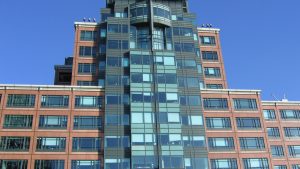The Croatian economy will contract 7% this year due to the coronavirus pandemic, but a rapid recovery, with a growth rate of 6%, is expected in 2021, the European Bank for Reconstruction and Development (EBRD) says in its spring prospects.

A key channel for disruption is tourism, the EBRD says, recalling that in mid-March, the government introduced a number of lockdown measures, with tough restrictions on travel and economic activity.
“There was a drop of 75-80 percent in tourist arrivals in March year-on-year, with a similar drop expected in the second quarter and a decrease of about 30 percent in the third quarter, mitigated by the fact that Croatia is easily reachable by land from the tourists’ main countries of residence such as Germany, Austria, Slovenia, Hungary, and the Czech Republic,” the EBRD says.
“As revenues from tourism drop, spillover effects of the crisis are likely to be multiplied, including through a labour market shock (25 percent of employed in Croatia are on temporary contracts, and most of them are related to the tourism sector).”
The domestic lockdown is heavily reducing demand for both services and durable goods, while decreases in sales of investment goods may be less severe, as some spending on repairs would need to take place following the March earthquake in Zagreb, the EBRD says.
“Goods exports will also decrease, particularly given the high exposure to the severely hit the Italian economy.”
The EBRD says the Croatian government responded with strong stimulus measures of around 7 percent of GDP so far which are expected to limit the immediate negative consequences to the economy but are also bound to worsen fiscal indicators.
Thanks to the lifting of restrictions, the EBRD expects “to see some normalisation of economic activity in 2020, although to levels still below the economy’s potential. For 2021, we expect a rapid
recovery, with a growth rate of 6.0 percent.”